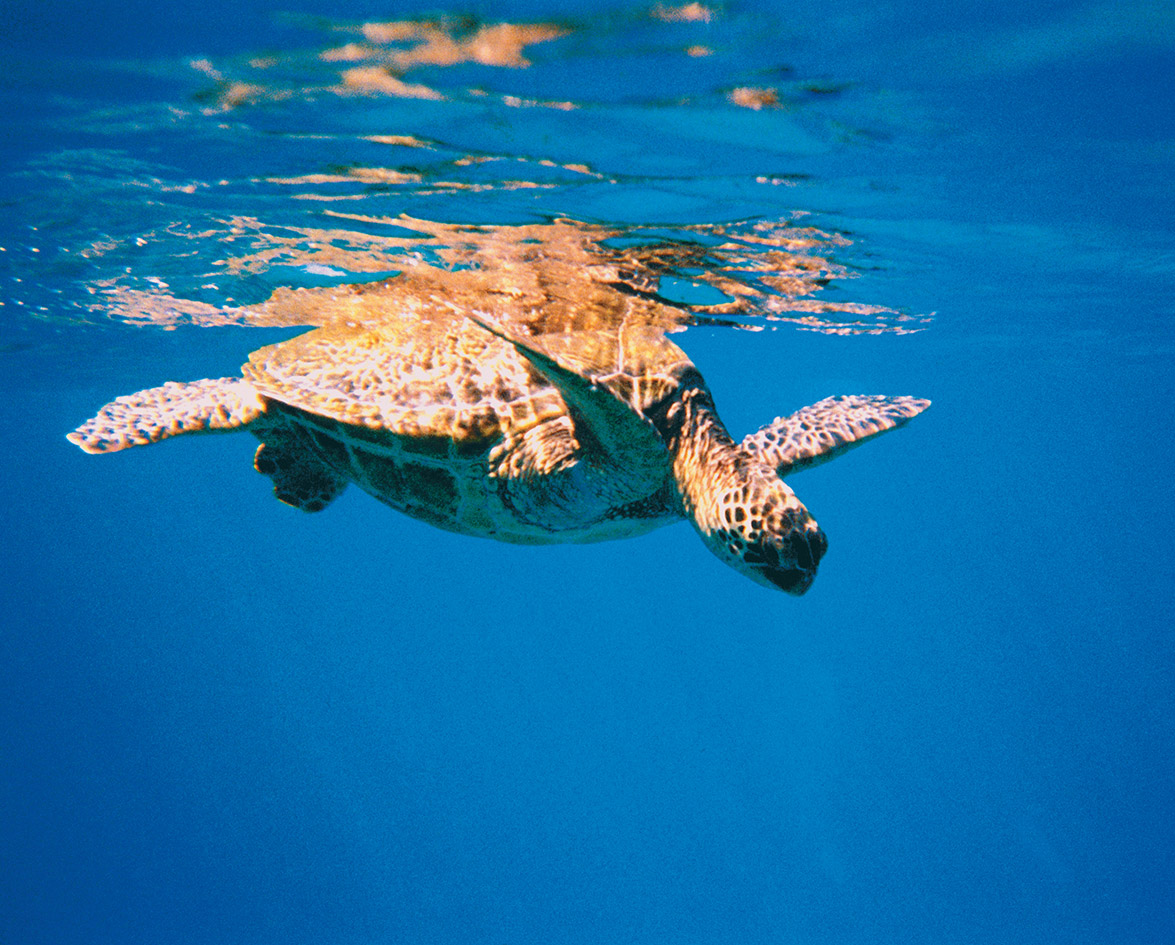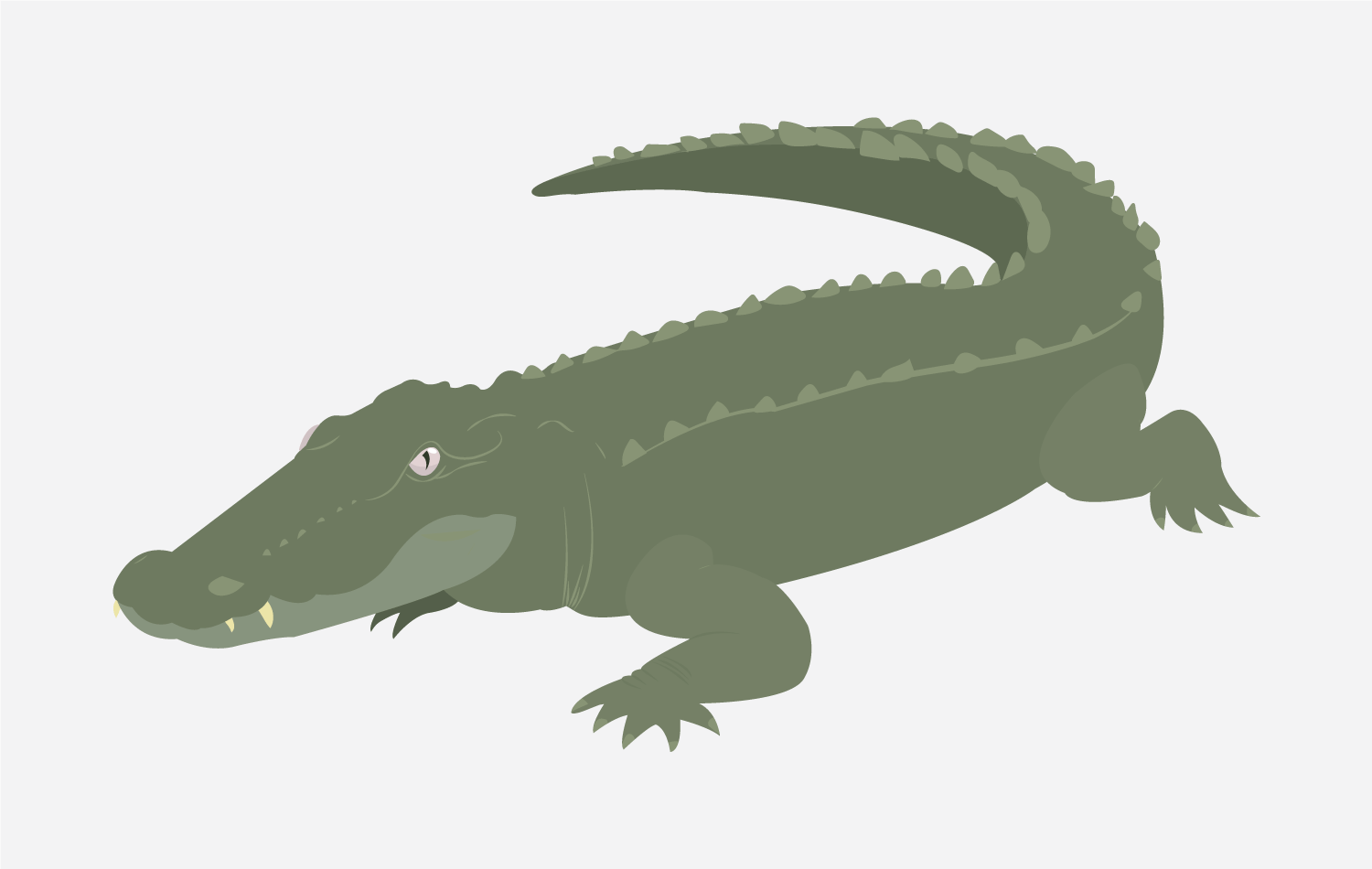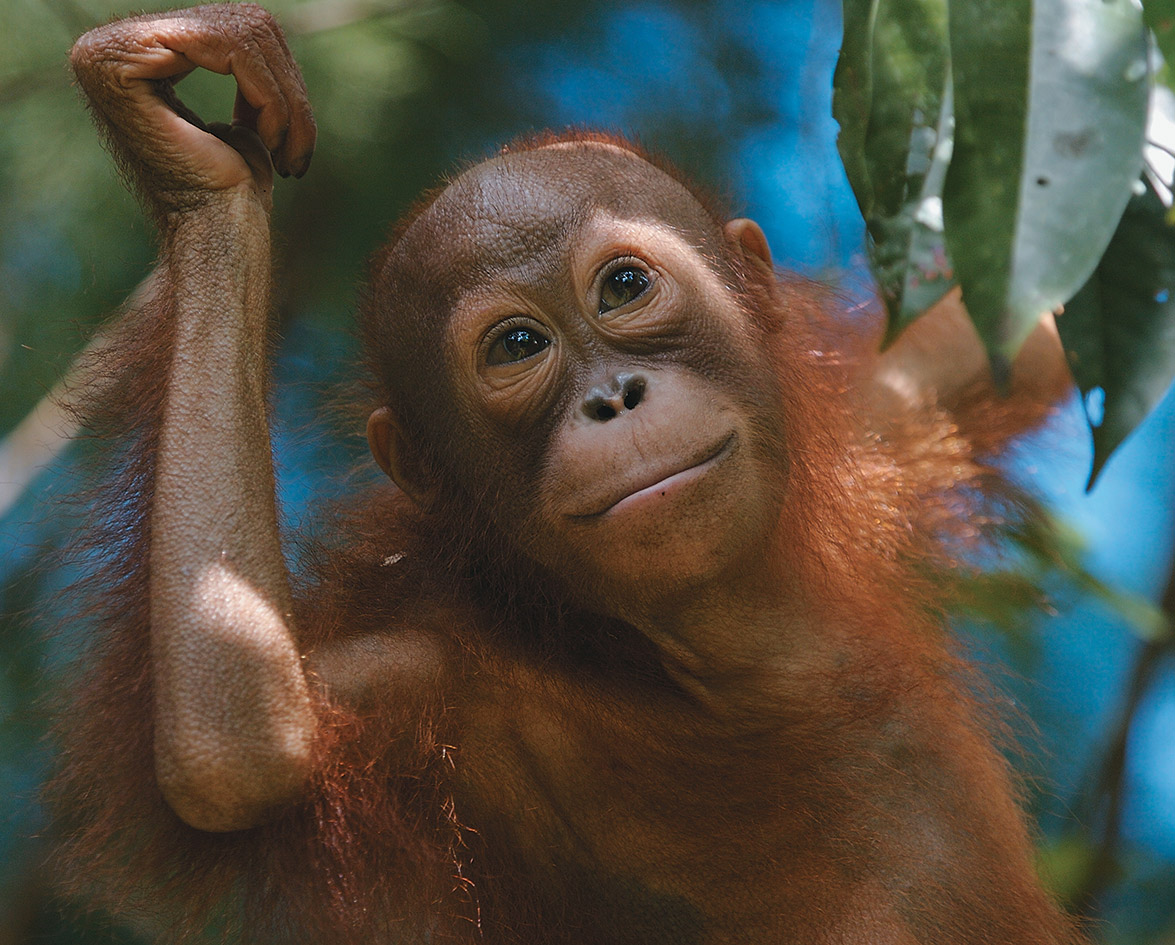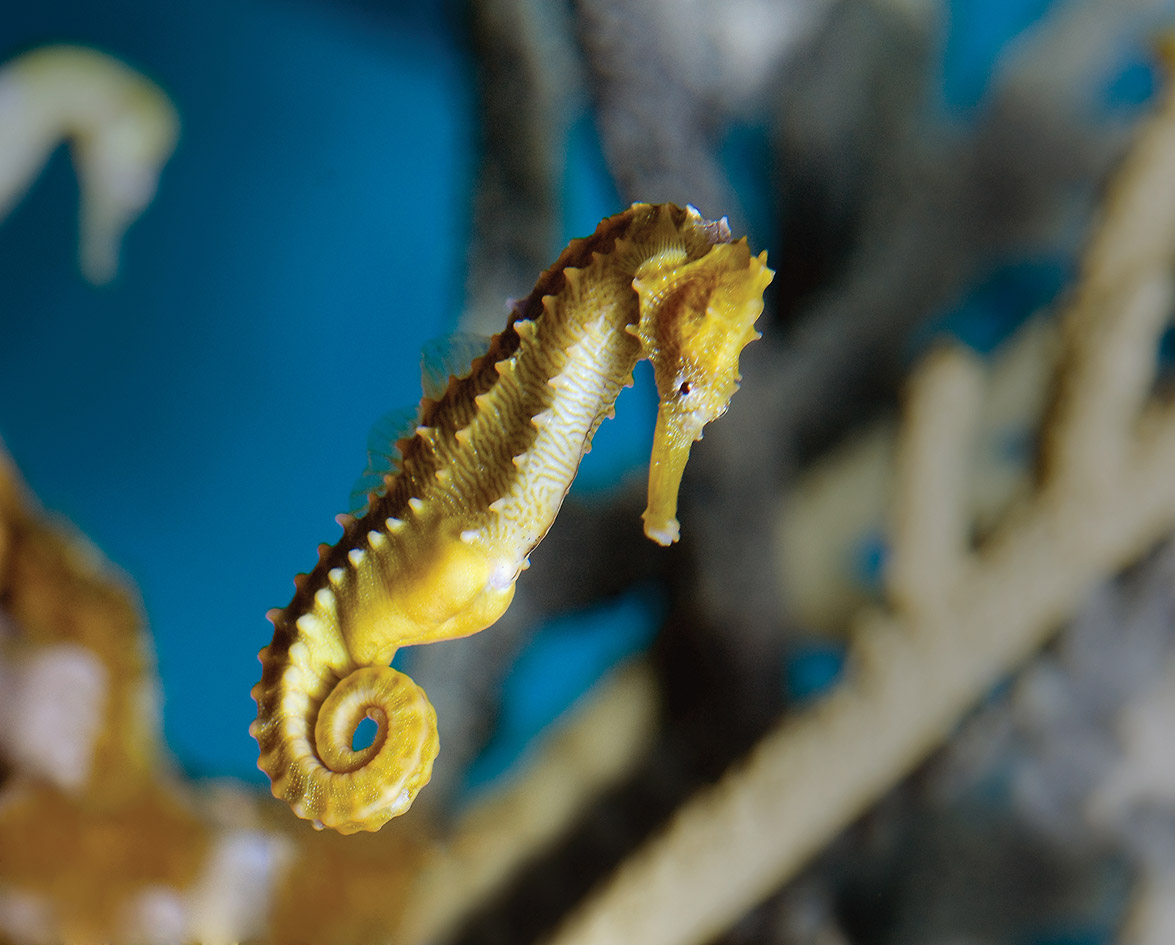Imagine being able to stay under water for long periods of time, to swim great distances, or to walk tirelessly to far-away destinations. Your ancestors have proven themselves strong, persevering animals. Your species has survived more than 200 million years, evolving and fighting off extinction. Your reputation has translated into great respect across many cultures. In China, you’ve risen to such heights that an ancient story, still told today, depicts you carrying the world on your back. Imagine you are a turtle.
Turtles are experiencing the 21st century as the most difficult years of their existence. Currently, they are being hunted to the point of extinction. The irony is that this hunting is not done out of spite by humanity, but out of admiration.
As early as the Shang dynasty (1523-1027 BC), it was believed that turtles linked heaven and earth, possessing the powers of knowledge and prophecy. To divine the future, turtle shells were heated to incredible temperatures and the resulting stress cracks were interpreted. It was originally said that the wooden columns of the Temple of Heaven in Beijing were set upon live turtles. To emulate this symbol of strength, endurance and patience, Chinese emperors demanded that the base of their tombs be carved like that of a turtle’s shell.
Superstitious Beliefs Helping To Cause Extinction
Eventually, people came to believe that by eating turtles, they could acquire the intrinsic qualities that have enabled turtles to exist for millions of years. In Turtle Conservation, M.D. Jenkins writes, “In China, turtles are classified as a ‘hot’ food that strengthens the body during the winter. Eggs are believed to be aphrodisiacs, and turtle blood is thought to provide an energy boost.” Rich with collagen, calcium and keratin, turtle shells have been used in medicines for centuries. Their skin has been used for leather goods and their fat for oil.
More than 150 nations have signed the Convention on International Trade in Endangered Species (CITES), making it illegal to trade turtles and their products. Despite this, between 2000 and 2002, trappers in the United States exported 35 million turtles in order to meet the demands of illegal markets. The problem was brought to the forefront on December 11, 2001, when Hong Kong officials discovered 10,000 turtles crammed into four containers aboard a trade ship. Many of the turtles were dead. Among them were Giant Asian pond turtles, Malaysian giant turtles and yellow-headed temple turtles, some of the rarest and most endangered species in the world.
Enforcing laws on trade is usually another challenge altogether. “Enforcement budgets are often so low that even the most willing customs officers cannot make a serious dent in the trade,” writes Ronald Orenstein, author of Survivor in Armor. “The borders between China and many of its neighbours to the south are sieves as far as smuggling of endangered species is concerned, and it is highly unlikely that any national or international regulation will stop the trade by itself.”
When placed in the context of Chinese culture, the threat to the continued existence of turtles seems all the more ironic. Philosophies and religions, thousands of years old, teach respect for all life and that all life is inextricably connected. Dr. Jan Walls, professor of Chinese language and culture at Simon Fraser University, demonstrates the importance of this. “Pluck one hair,” he says as he leans forward and stretches his arm out, “and it impacts the whole body.”
Hunting Turtles is Killing the Species
Alda Ngo, a Traditional Chinese Medicine practitioner in Vancouver, explains that TCM respects the interconnectivity of all living things, and utilizes these connections to heal in a symbiotic way. She believes “it is not just about maintaining physical health, it is a philosophy to cultivate well-being in all aspects of life.” Ngo insists that we need to be equally grateful for all life, because it is, she explains, “life that supports life.”
Unfortunately, today’s issues usually revolve around business, rather than life and harmony. “Environmentalism is huge in China,” says Walls, “just not as powerful as the corporate and political [influences].”
Besides illegal trade, turtle conservationists are concerned about indiscriminate fishing methods, such as trawling, where turtles are being caught in huge nets intended for other sea-dwellers. Turtles are also being killed during dredging, a method of raking the seabed to deepen harbours and waterways. Turtles are just as vulnerable on land. Because they return to the shoreline to nest, the slow pace that has kept them in the race for survival makes them an easy target for anyone with quick feet and a hungry family.
When people who originally fished for subsistence were introduced to the market economy, turtles became more than a night’s meal – their meat, blood, eggs, and shells became a means to an income. One turtle can fetch $1,200 US, which is about three times the per capita income in a developing country. “Given such incentives,” writes Anthony Mecir for the National Wildlife Foundation, “Asian villagers comb forest floors, river beds, stream valleys and rice fields in search of the reptiles. Turtles are speared, netted, dug out of mud, trapped, tracked down by dogs and caught on lines using baited hooks or pins.”
Once people grow accustomed to hunting turtles as their primary means of income, it becomes a challenge to convince them of the damaging ecological impact of their hunting. It seems that accommodating both turtle and human life is the only way to resolve this global predicament.
Working Together to Protect Turtles
The Sea Turtle Restoration Project, formed by herpetologist Todd Steiner in 1989, is an example of modern action in this direction. The project’s mission is “to protect endangered sea turtles in ways that make cultural and economic sense to the communities that share the beaches and waters with these gentle creatures.” One of STRP’s major accomplishments was pressuring Mexico to end its annual slaughter of turtles. Afterwards, they helped Mexico create alternate sources of revenue from the loss of the sea turtle hunt. They also won several lawsuits that required nations exporting shrimp to the US to use turtle safe methods in their practices, specifically, turtle excluder devices (TEDs).
Nadine Pinnell, Outreach Coordinator for the B.C. Cetacean Sightings Network, is blunt in her opinion about the trade: “Hunting for food, eggs, or shells is not a sustainable use of turtles.” Turtles only begin reproducing after 15 years of life, much slower than the speed at which they are being trapped and killed. Pinnell educates communities along the coast of British Columbia about the Canada Species at Risk Act (SARA), which promotes within it the safety and continued survival of turtles.
Based at the Vancouver Aquarium, Pinnell and the B.C. Cetacean Sightings Network have created a place online and by phone, where the public can report sightings of specific marine life, including sea turtles. The goal is to learn more about these creatures’ habits in the wild, and through that knowledge create better methods of protection.
Organizations like CITES and SARA continue working to protect turtles through the regulation of trade. Projects like Sea Turtle Restoration are attempting to make the continued existence of both humans and turtles more viable. And the belief in life’s interconnectivity, as practiced in Traditional Chinese Medicine, gives a perspective to the crisis beyond dollars and profit. “All we can do is be responsible,” Alda Ngo says, “taking care of what it is we can take care of. In doing this, we are nourishing our destiny.”
The slow pace that has kept them in the race for survival makes them an easy target for anyone with quick feet and a hungry family.
The United Nations named 2006 the Year of the Turtle – a sign that this ancient survivor is gaining recognition and support at a global level. Perhaps it is a combination of all these efforts that is the only way to resolve the great irony leading to the turtle’s demise. Or perhaps it’s simpler than that. Love the turtle, but don’t love it to death.











